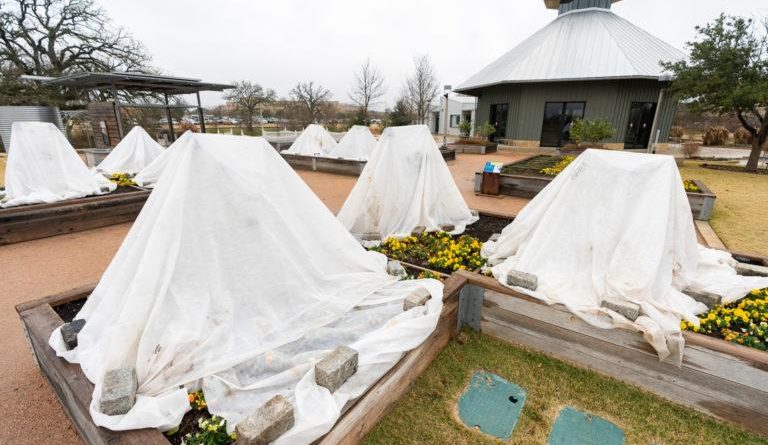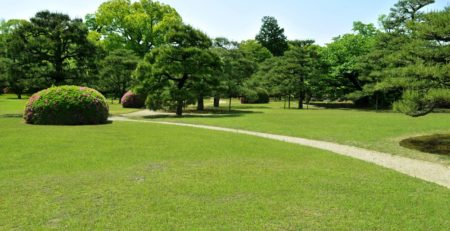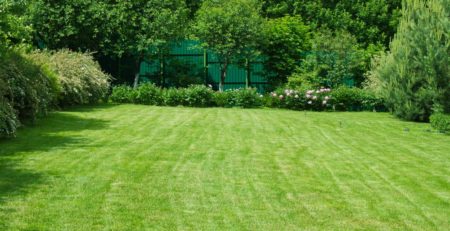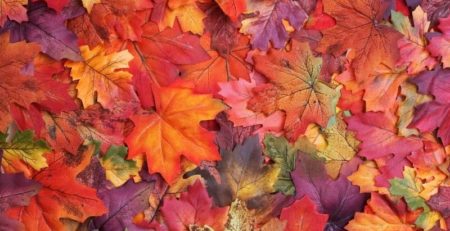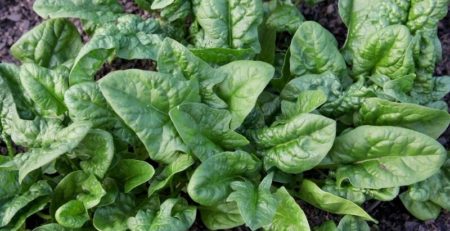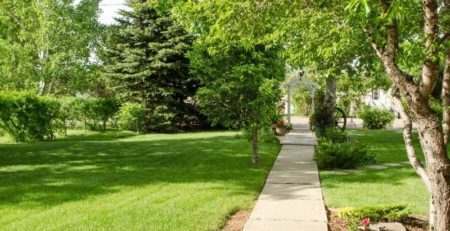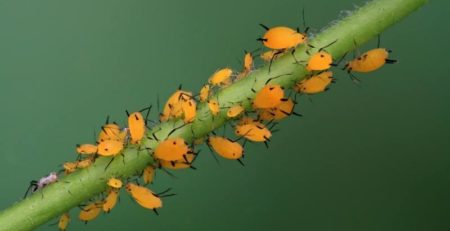Getting Ready for the Deep Freeze
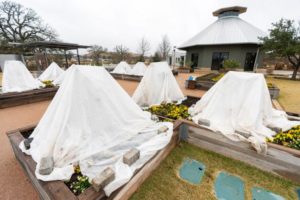 The arctic blast is coming and many plants in the landscape may not be cold hardy to the temperatures we are expecting. A normal response to an impending freeze is to run out and throw and blanket over susceptible plants, but with the type of freeze we are expecting, a simple cover may not be enough; you may need to add heat beneath the cover.
The arctic blast is coming and many plants in the landscape may not be cold hardy to the temperatures we are expecting. A normal response to an impending freeze is to run out and throw and blanket over susceptible plants, but with the type of freeze we are expecting, a simple cover may not be enough; you may need to add heat beneath the cover.
When creating a cover for the plant, remember that the main source of heat for the plant is the soil. On a cold night heat from the soil rises up from the ground around the plants. The goal is to trap this heat within the plant’s canopy and hopefully keep the temperature around the plants from dropping below freezing.
“To cover plants effectively, lay the cover over the plants and allow it to drape down to the soil on all sides. Then secure it with boards, bricks, rocks or soil to hold in the air. This is especially helpful in preventing a breeze from cooling things down faster. The next day, remove the covers to allow the sun to warm the soil surface a little and then replace the covers as the sun goes down.”
https://aggie-horticulture.tamu.edu/travis/wp-content/uploads/2013/06/FrostsandFreezes.pdf
Spun-bound polyester row cover fabric works well for this type of cover but you can also use sheets or blankets. Clear plastic alone is not recommended because its fast rate of cooling can actually cause damage to the foliage, but it can be used in conjunction with a sheet or blanket if the plastic is placed over the fabric.
“If it is going to get too cold for a simple cover to protect your plants, adding a source of heat beneath the cover can make a big difference. Anything that provides some heat is going to be helpful, especially if you have a good cover that is secured to prevent wind from moving warmer air out from beneath it. Two common ways to add heat are by adding a mechanic’s light or a string of Christmas lights; the big ones, not the little twinkling ones as they do not put out much if any heat. Take caution to check for shorts in the wiring and prevent rain or other moistures from getting into the fixtures. Also, don’t allow a hot light bulb to come close to the plant tissues or they can suffer damage.”
Recognize that hot bulbs or an electrical malfunction can cause a disastrous fire.
For in depth information on how to prepare your landscape for a freeze, see:
https://dallas-tx.tamu.edu/files/2021/02/Protecting-Landscapes_Frost-Freeze-EHT-048.pdf
Another great resource from Texas A&M AgriLife: https://agrilifeextension.tamu.edu/asset-external/protecting-landscapes-and-horticultural-crops-from-frosts-and-freezes/
Young and newly planted trees may also need special attention. Texas Forest Service has released an article about caring for trees in the cold:

